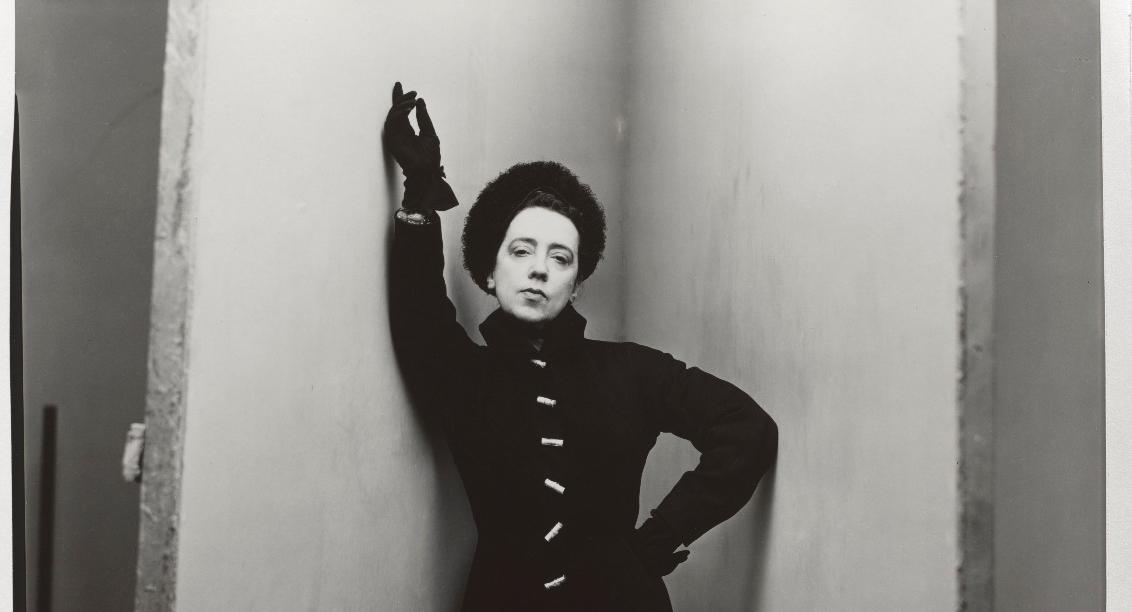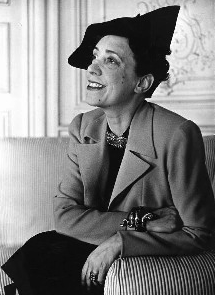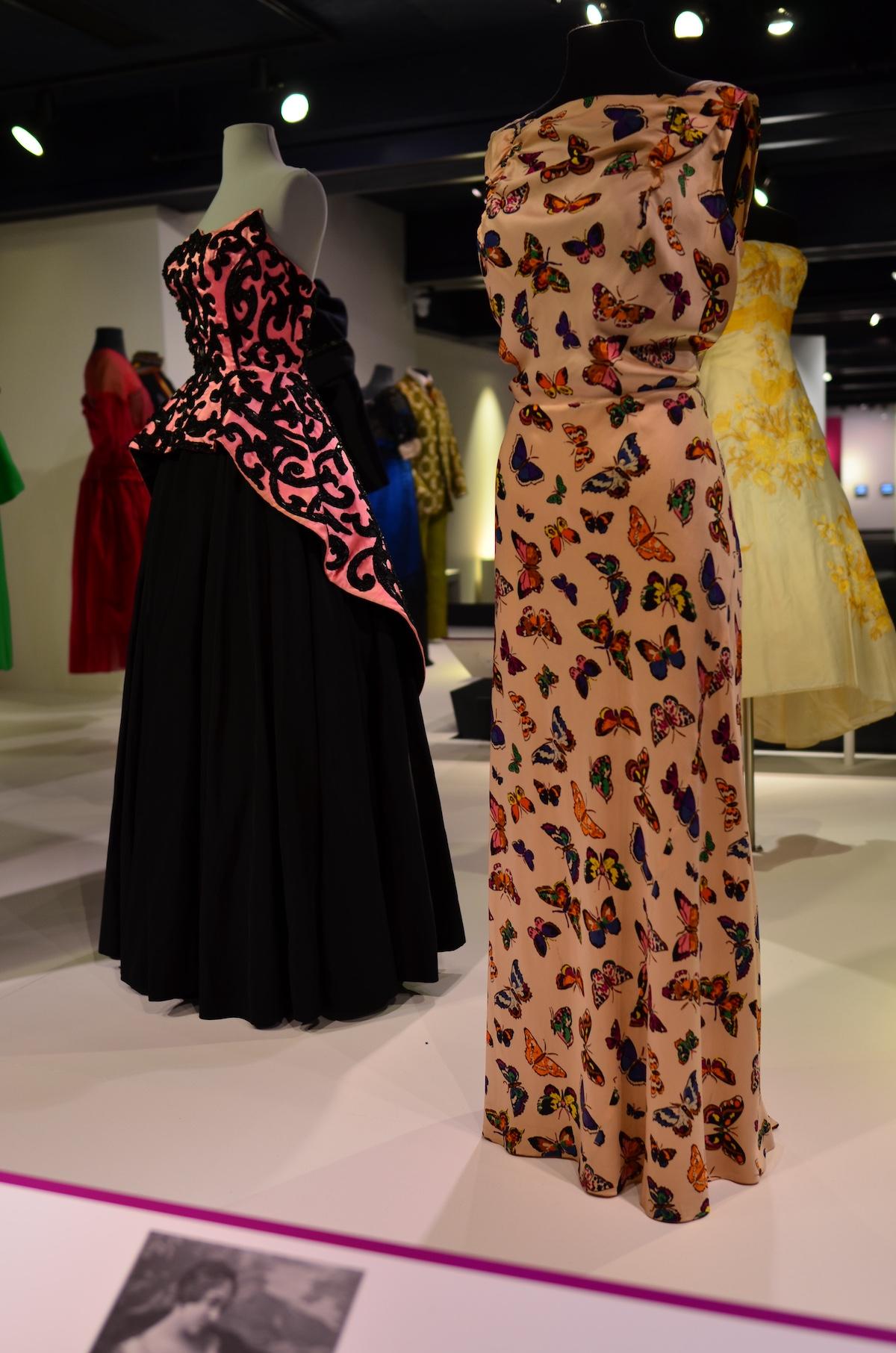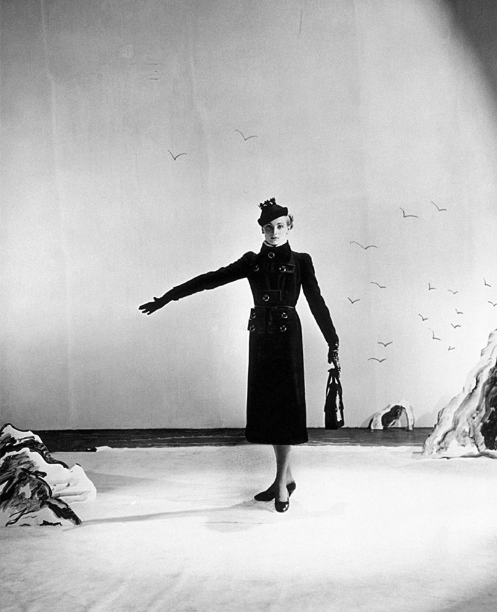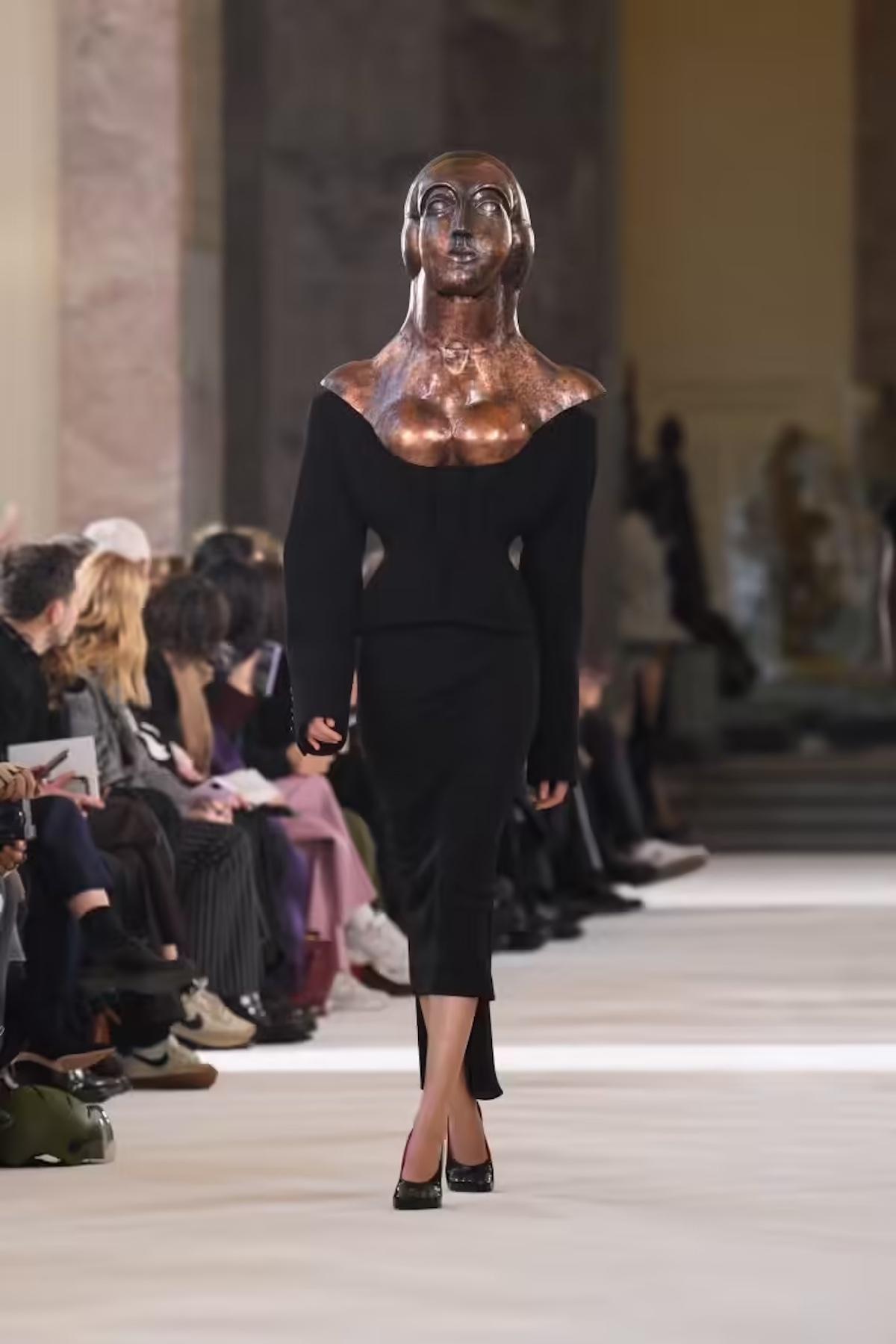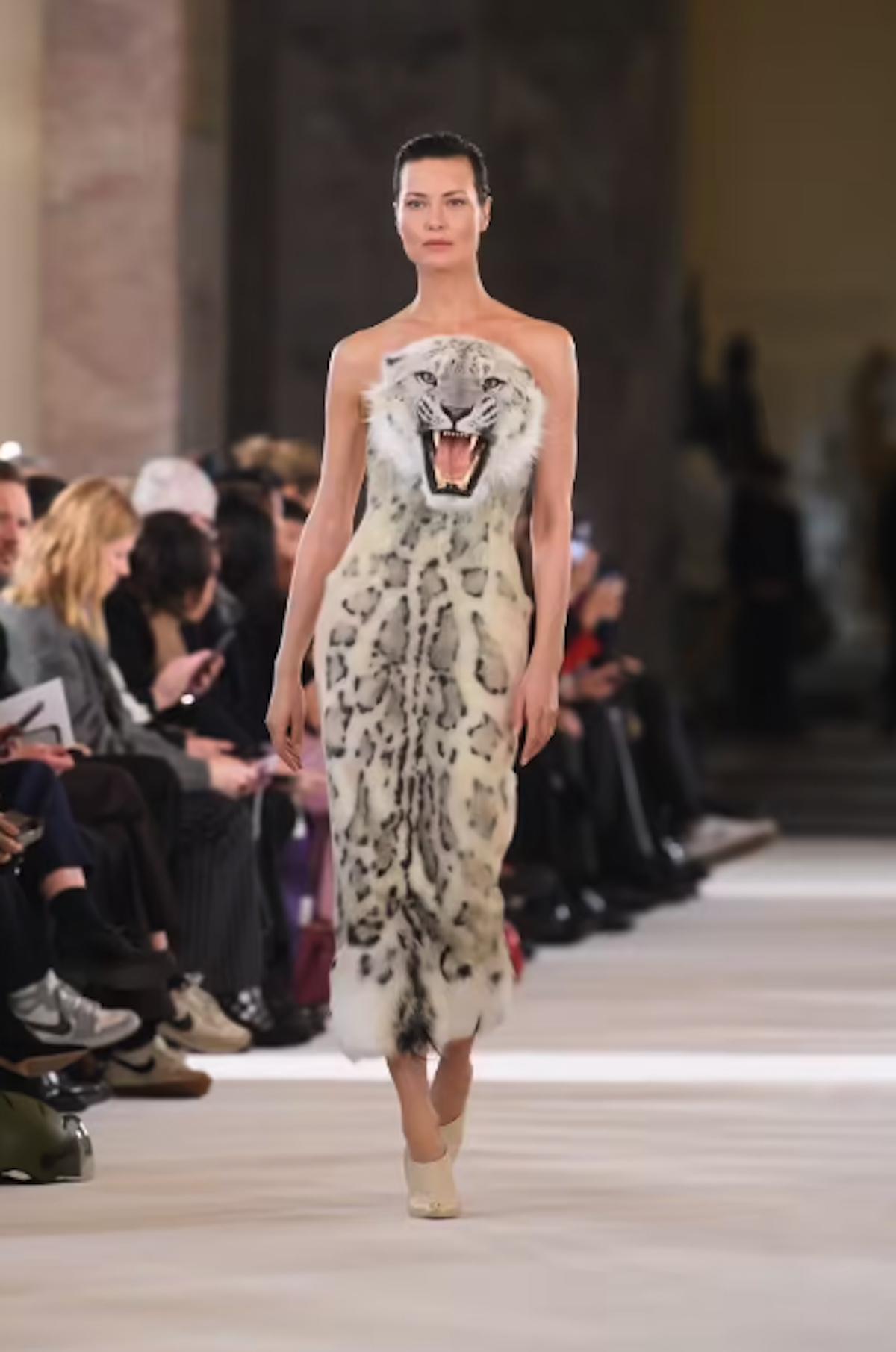Elsa Luisa Maria Schiaparelli (1890-1973) founded the house of Schiaparelli, but before she was a fashion designer, and even before she she was the head of a couture atelier, she was just Elsa. Born into a family not the least bit involved in the fashion industry, Elsa went on to study Philosophy at the University of Rome. The Schiaparelli’s were a conservative, aristocratic family, and Elsa led a very privileged life. But at the age of 22, she left her parents to travel to London, to become a nanny.
In part, Schiaparelli moved to avoid an arranged marriage. While in London, Elsa, who had an interest for theosophy and the spiritual, attended a lecture by Count Wilhelm de Wendt de Kerlor. After only one day of knowing one another, de Kerlor and Schiaparelli became engaged, and in 1914 they married.




